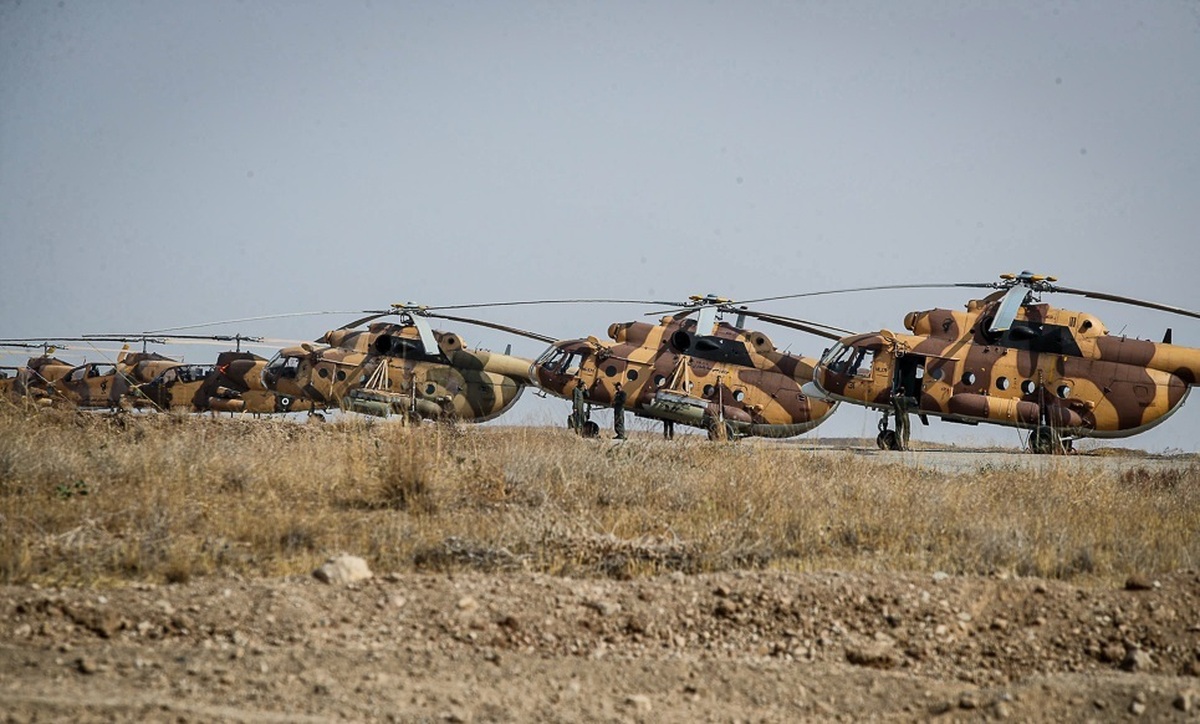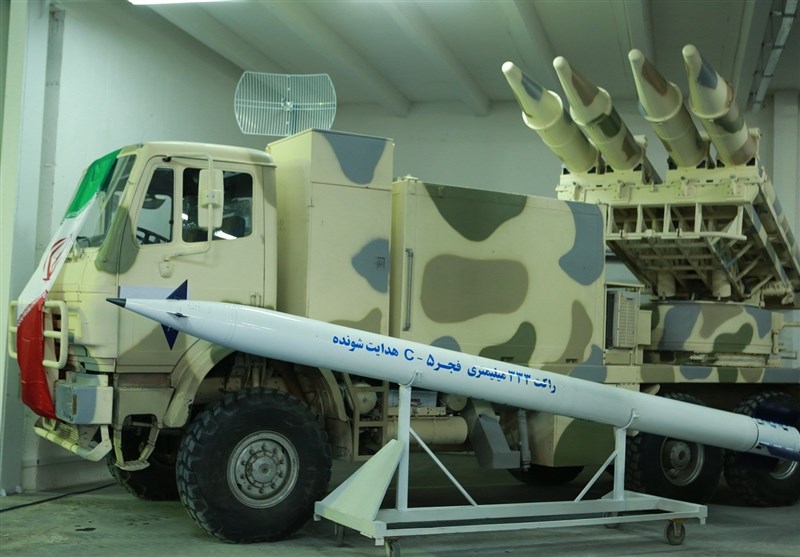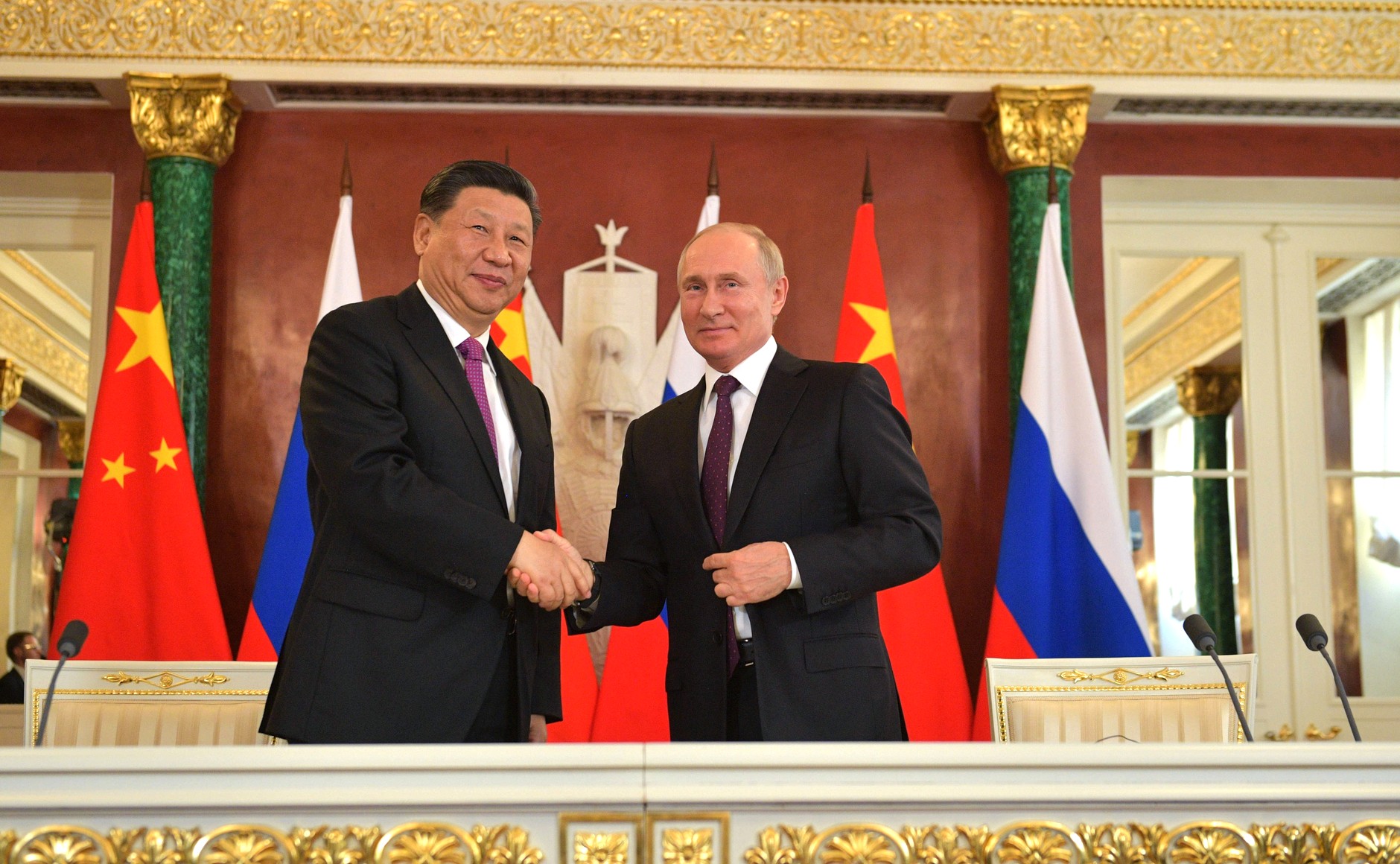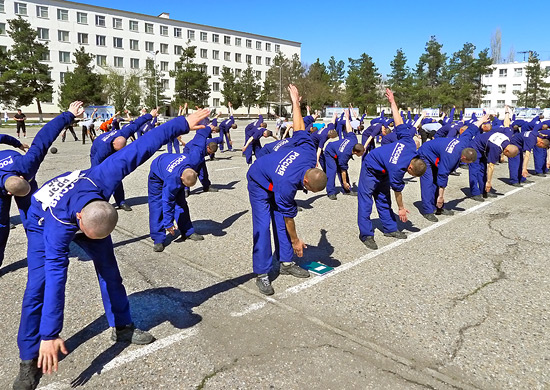“Activities carried out, instigated or funded … to steal, pry into, purchase or illegally provide state secrets, intelligence, and other documents, data, materials, or items related to national security.”
In April 2023 Chinese lawmakers passed a wide-ranging update to Beijing’s counter-espionage legislation banning the transfer of “all documents, data, materials, and items related to national security and interests” and broadening the definition of spying.[i] The amendments, as published in the excerpted statement from the Chinese government’s China.gov website, note that they will take effect on 1 July 2023. The amendments appear to target foreign information-gathering efforts, especially by limiting access to key government and economic data and expanding the range of legal definitions of espionage.[ii] Since the introduction of the legislation in 2014, Beijing has detained dozens of Chinese and foreign nationals on suspicion of espionage.[iii] Several high-profile incidents have emerged, including those involving an Australian journalist and former TV anchor; a Japanese executive; and even a U.S. citizen who has been detained in China since 2016 on charges of espionage related to research he published using open-source information that the Chinese government later deemed to be “state secrets.” Collectively, these incidents have brought attention to Beijing’s unclear definition of what constitutes “espionage.” Earlier this year, Chinese government raids on foreign firms conducting due diligence work in China further underscored the often-questionable lengths to which Beijing will go to control access to information that could be used for a variety of efforts that run counter to the Chinese Communist Party’s interests. [iv]
Source:
“中国人民共和国反间谍法 (People’s Republic of China’s Counter-Espionage Law),” China.gov (Official Website of the People’s Republic of China’s Central People’s Government), 27 April 2023. http://www.gov.cn/yaowen/2023-04/27/content_5753385.htm.
Article 4: “Acts of espionage” as used in this Law refers to the following conduct:
(1) Activities that endanger the national security of the People’s Republic of China that are carried out, prompted, or funded by an espionage organization and its agents, or carried out by agencies, organs, individuals, or other collaborators domestically or outside the PRC borders;
(2) Participation in an espionage organization or acceptance of tasks from an espionage organization and its agents, or seeking to align with an espionage organization and its agents;
(3) Activities carried out, instigated or funded by foreign institutions, organizations, and individuals other than espionage organizations and their representatives, or in which domestic institutions, organizations or individuals collude, to steal, pry into, purchase or illegally provide state secrets, intelligence, and other documents, data, materials, or items related to national security, or in which state employees are incited, enticed, coerced, or bought over to turn traitor.
(4) Network attacks, intrusions, obstructions, control, or disruptions targeting state organs, units involved with secrets, or critical information infrastructure, that are carried out, prompted, or funded by a espionage organization and its agents, or carried out by agencies, organs, individuals, or other collaborators domestically or outside the PRC borders;
(5) indicating targets for enemies;
(6) conducting other espionage activities.
This law applies where espionage organizations and their agents engage in espionage activities targeting a third country within the territory of the People’s Republic of China or using citizens, organizations, or other conditions of the PRC, endangering the PRC’s national security.
Article 14: No individual or organization may unlawfully obtain or possess any documents, data, materials or items that are state secrets.
Notes:
[i] For an English-language translation of the Counter-Espionage Law, see: https://www.chinalawtranslate.com/en/counter-espionage-law-2023/
[ii] For a detailed analysis of China’s Counter-Espionage Law and the new amendments, see: https://www.chinalawtranslate.com/en/bad-as-it-ever-was-notes-on-the-espionage-law/
[iii] The United Nations Working Group on Arbitrary Detention (UNWGAD) has determined many foreign citizens, including U.S. citizens, have been denied due process rights and that they are arbitrarily detained in violation of international law. In March 2023, China’s Foreign Ministry released a report accusing the United States of arbitrary detention of individuals at home and abroad one month prior to releasing its amendments to its counter-espionage legislation. See: “The United States’ Arbitrary Detention at Home and Abroad: Truth and Facts,” Ministry of Foreign Affairs of the People’s Republic of China, 29 March 2023, https://www.fmprc.gov.cn/eng/wjbxw/202303/t20230329_11050809.html
[iv] In addition to due diligence firms, Beijing has blocked access to the China National Knowledge Infrastructure (CNKI), China’s largest academic database, in an effort that analysts assess is aimed at limiting foreign researchers’ access to public discourse and government data. For more on Beijing’s restriction of access to CNKI, see: Lin Yang, “China to Limit Access to Largest Academic Database,” Voice of America, 30 March 2023, https://www.voanews.com/a/china-to-limit-access-to-largest-academic-database-/7029581.html

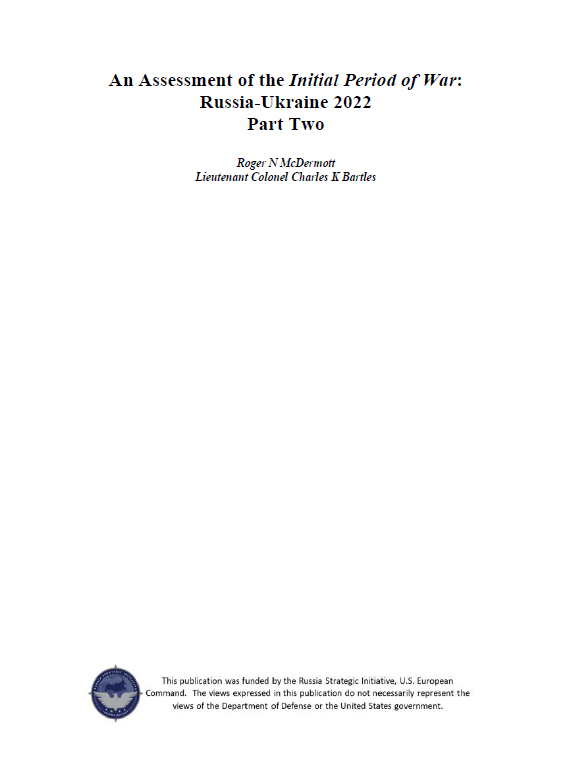
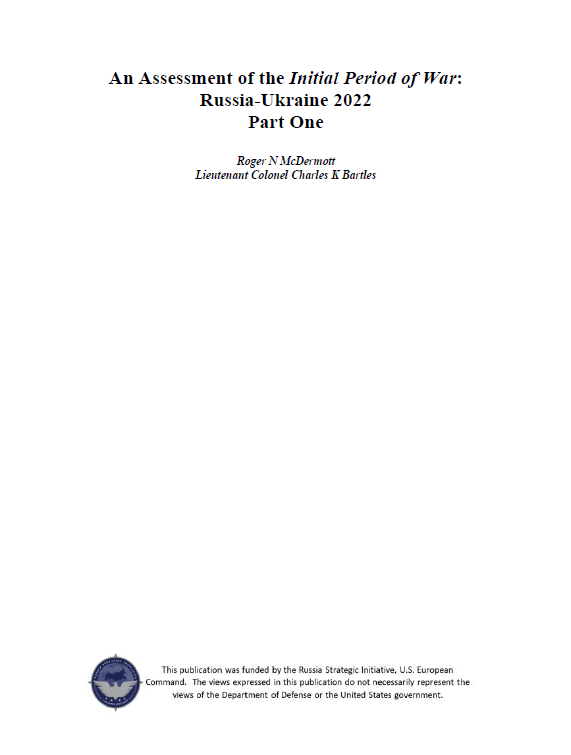
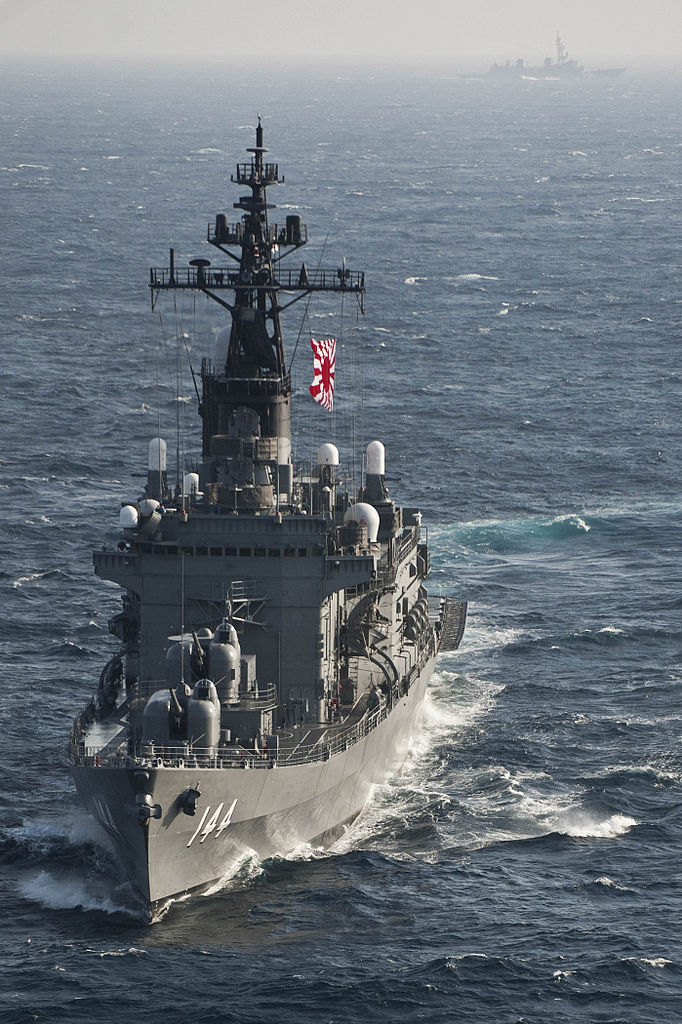
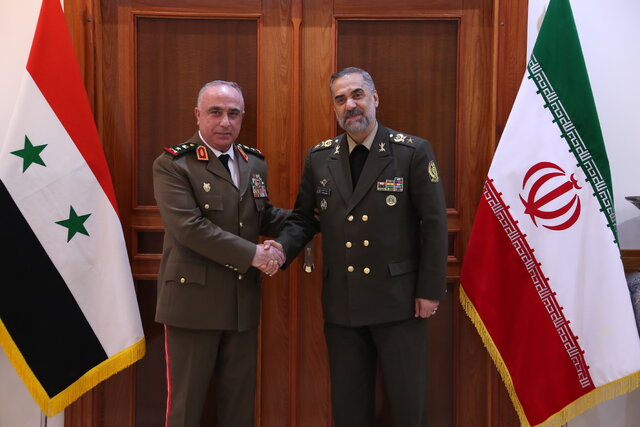
![Hongdu GJ-11 Sharp Sword[RG1] (Chinese unmanned combat aerial vehicle).](https://hg2wordpressfmsostor01.z2.web.core.usgovcloudapi.net/OE Watch Issues/2023-06/Shrimpton-01-Hongdu-GJ-11-Sharp-Sword-Chinese-unmanned-combat-aerial-vehicle.jpeg)
